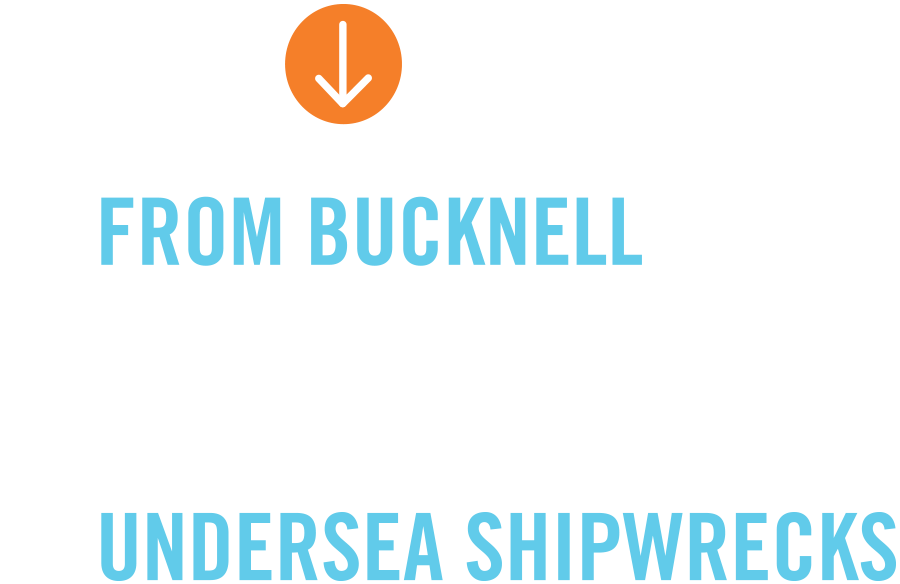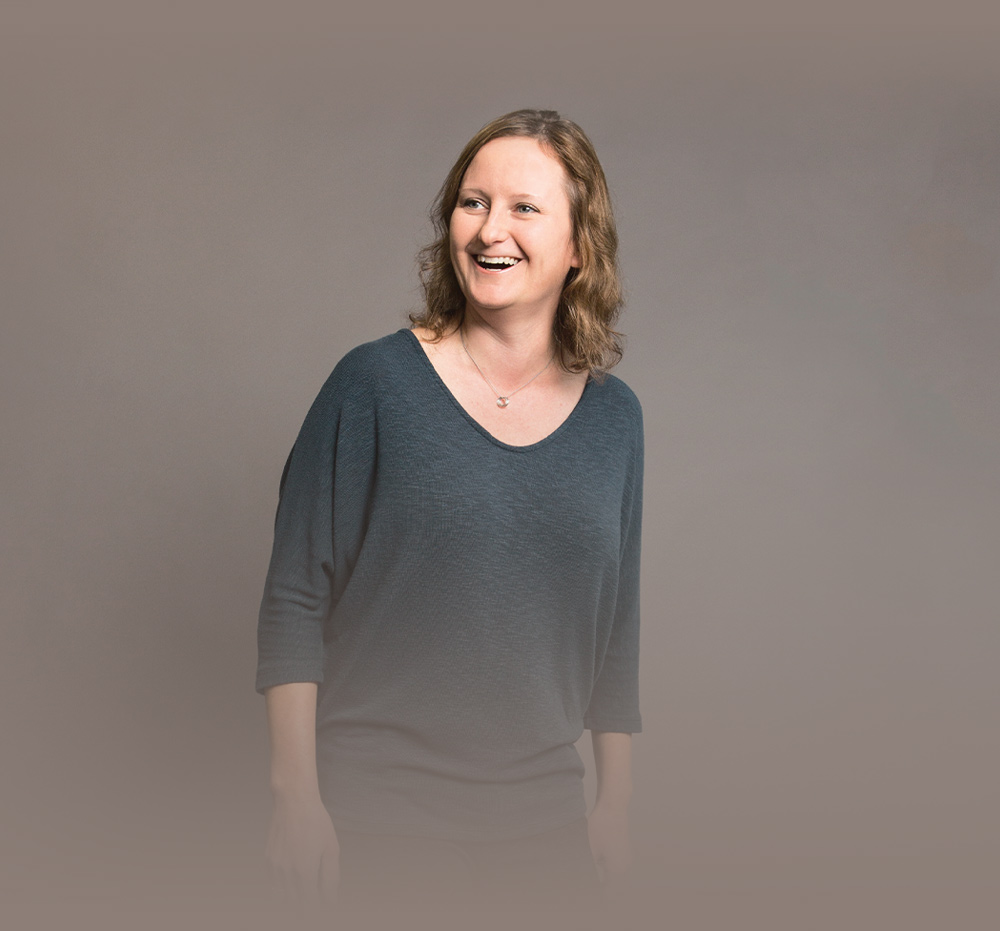
by Paula Cogan Myers
Ancient civilization seems less distant when professors like Kris Trego, classics & ancient Mediterranean studies, humanize the relics they study. The nautical archaeologist has traveled to Turkey for 20 years, exploring shipwrecks and analyzing artifacts, from amphorae used to carry wine to personal items kept on board.
Information lives within these objects, helping Trego piece together the social history they reveal. Patterns are important, and shared methodology is key. “How do we decide to categorize an object as something used by a ship’s crew instead of as part of the cargo?” she asks.
Trego has developed a new methodology to differentiate items’ use, considering factors such as object quantities, where they are found and if they have been repaired — giving researchers a common set of assumptions to better understand seafaring in the ancient world. The new approach is detailed in a paper currently submitted for publication and has the potential to become a new standard across the field.
From research in Turkey to examining ancient shipping infrastructure in Rome, Trego’s work enriches her classes as she shares firsthand experiences that bring history to life.


by Paula Cogan Myers
Ancient civilization seems less distant when professors like Kris Trego, classics & ancient Mediterranean studies, humanize the relics they study. The nautical archaeologist has traveled to Turkey for 20 years, exploring shipwrecks and analyzing artifacts, from amphorae used to carry wine to personal items kept on board.
Information lives within these objects, helping Trego piece together the social history they reveal. Patterns are important, and shared methodology is key. “How do we decide to categorize an object as something used by a ship’s crew instead of as part of the cargo?” she asks.
Trego has developed a new methodology to differentiate items’ use, considering factors such as object quantities, where they are found and if they have been repaired — giving researchers a common set of assumptions to better understand seafaring in the ancient world. The new approach is detailed in a paper currently submitted for publication and has the potential to become a new standard across the field.
From research in Turkey to examining ancient shipping infrastructure in Rome, Trego’s work enriches her classes as she shares firsthand experiences that bring history to life.